Japan confirmed Shigeru Ishiba as the new prime minister
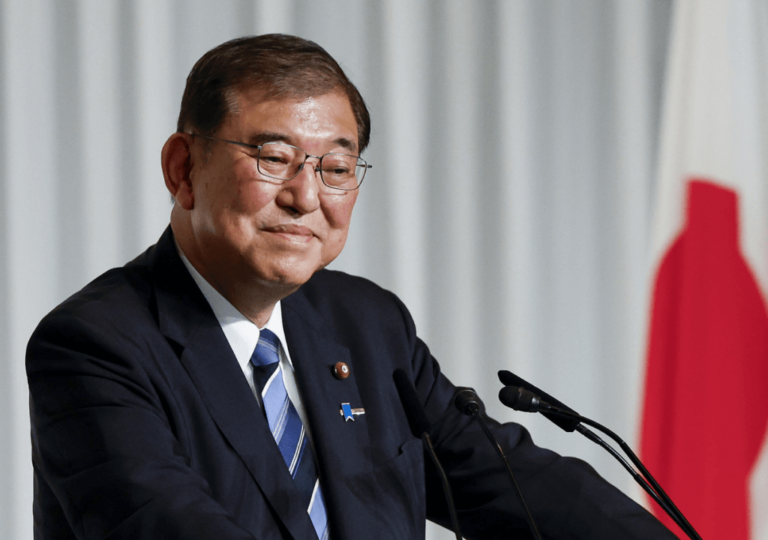
Japan's parliament elected Shigeru Ishiba as prime minister, succeeding Fumio Kishida amid calls for a snap election on October 27

Japan's parliament elected Shigeru Ishiba as prime minister, succeeding Fumio Kishida amid calls for a snap election on October 27

China and Japan's relationship is at a critical low, with tensions escalating amid historical grievances and territorial disputes
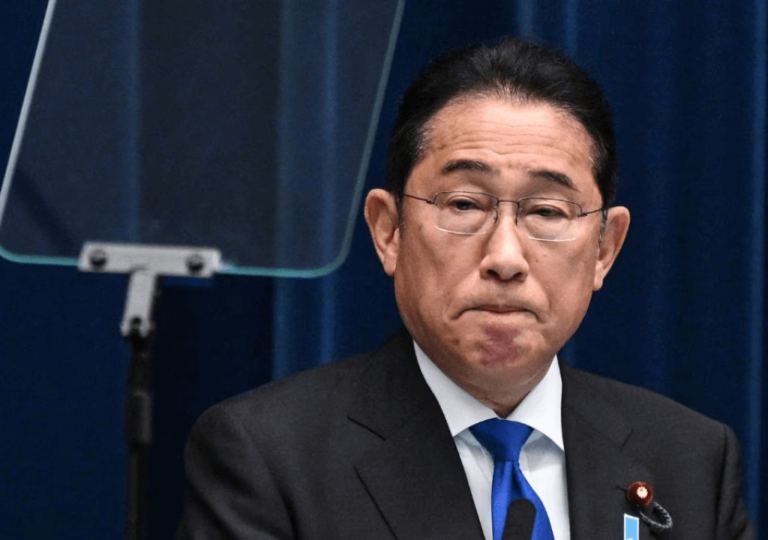
Japan's Prime Minister Fumio Kishida will step down, leading to an unpredictable leadership race within the LDP next month
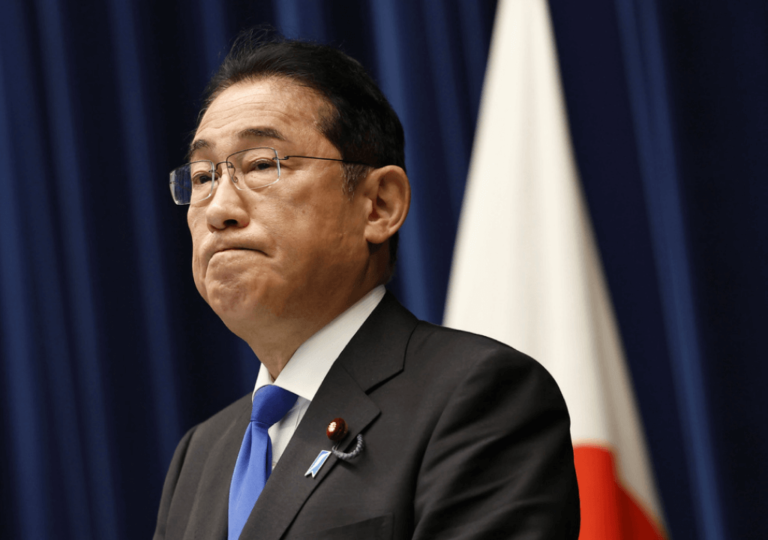
Japan's PM Kishida resigns amid scandals, paving way for new leadership
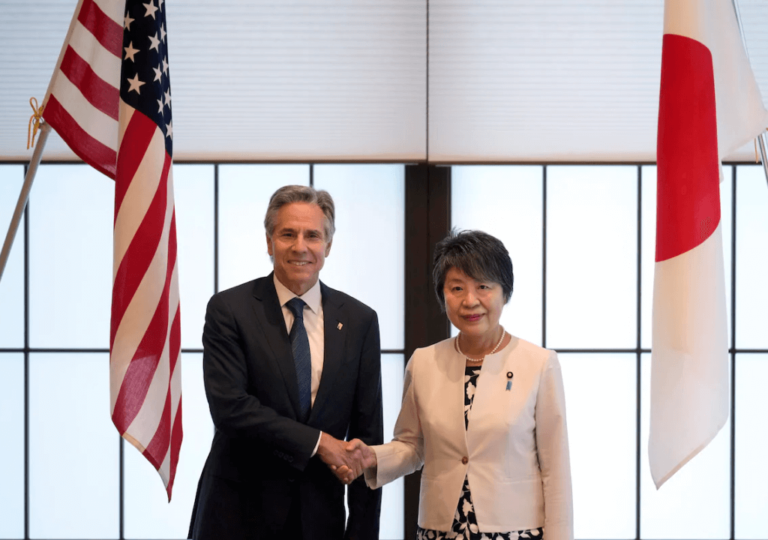
US and Japan bolster military ties amid rising tensions with China

Tokyo governor race: Koike and Renho vie for city's top job amid demographic crisis

A new regional bloc, dubbed the "Squad," is forming between Australia, Japan, the Philippines, and the US to counter China's growing assertiveness in the South China Sea.

President Biden's controversial comments on immigration policies of Asian countries, Japan, China, Russia, and India have stirred reactions, especially from Japan, a key ally.
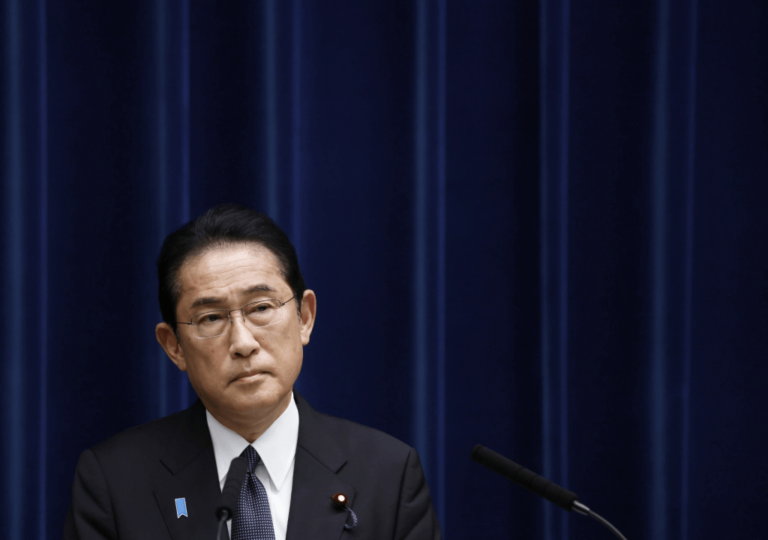
Fumio Kishida, Japan's Prime Minister, faces challenges amid economic woes and political scandals, risking his leadership as voter discontent grows.

US, Japan, and South Korea conduct joint drills near China, while US and allies dominate South China Sea exercises.